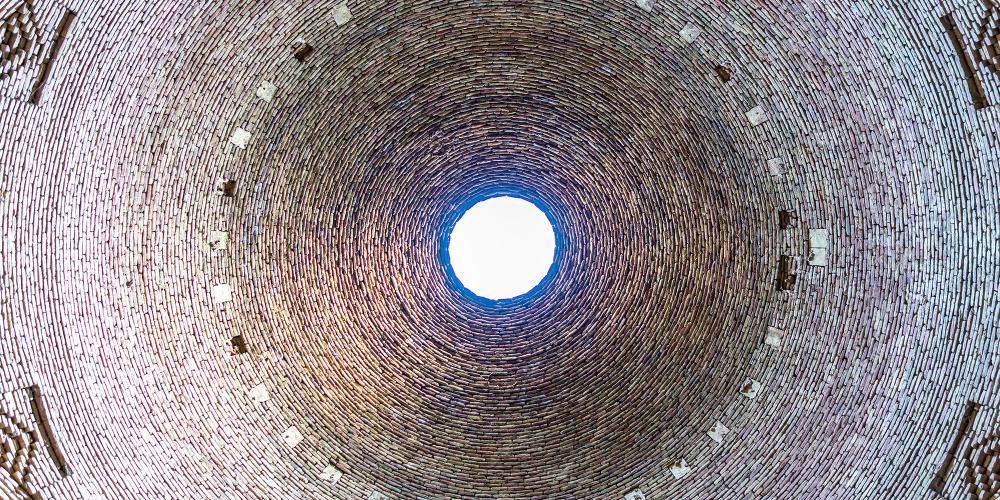Mausoleum of Khoja Mashkhad

The Mausoleum of Khoja Mashkhad, about eight kilometres south of the town of Shahrituz, is one of the few remaining pre-Mongol madrassahs in the region. Although relatively small, it's historically significant and offers an insight into the architecture and culture of its time.
It's believed a madrassah was founded on the site by a wealthy Islamic missionary called Khoja Mashkhad who travelled here from modern-day Iran. Using his own money, he built the madrassah in the 10th century. A century later, a mausoleum was erected to honour him, which is why the complex now bears his name.
The madrassah was once rectangular shaped, 68 metres by 48 metres, with a number of rooms along the eastern and western sides. While there is not much of the overall complex to be seen these days, the central structures of two mausoleums are intact and are the most important heritage component of the site.

The two mausoleums stand side by side, each designed as a cupola hall with domes rising up beyond the façade. Even though the eastern one was erected in the 10th century and the western one in the 12th century, they appear the same at first glance. From the outside, you can see they are connected by a passageway that you enter through a small mud-brick arch.
Inside the mausoleum, the arrangements of the adobe bricks in the cupola are the main decorative features. In both, they are designed to look like arched windows, with different patterns leading your eyes up towards the heavens. On the floor, there are no longer any formal markings of the graves that are assumed to have been here.

Although there is still some mystery about the exact nature of the complex's founding and its original use, it is clearly one of the most important historical sites in this part of Tajikistan, which is why it has been included on the Tentative List for possible consideration as a World Heritage Property.

